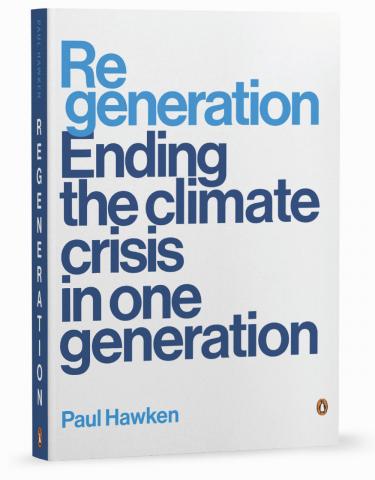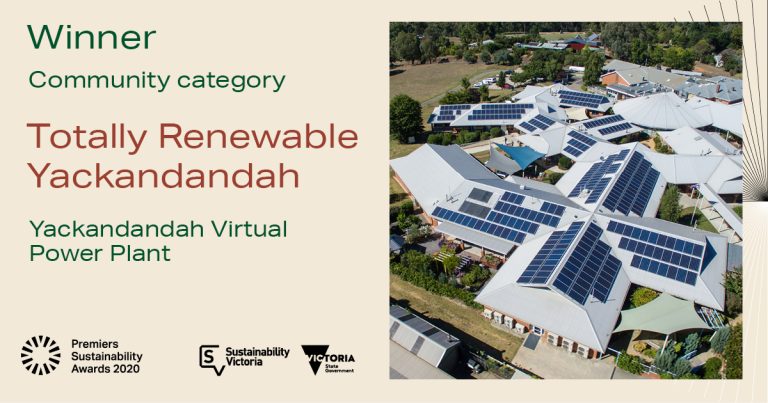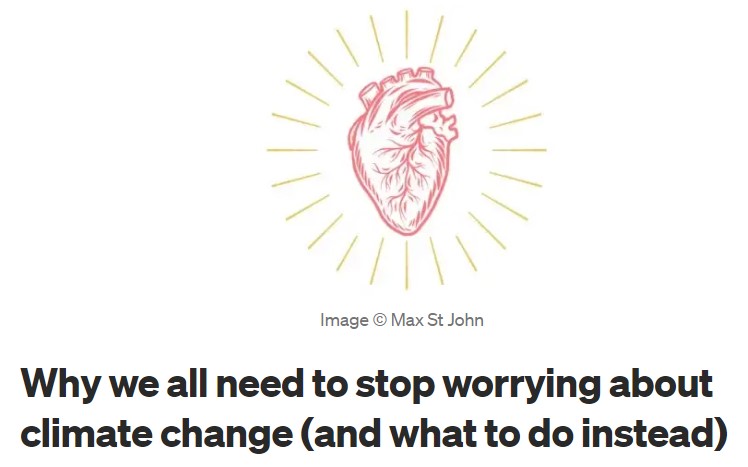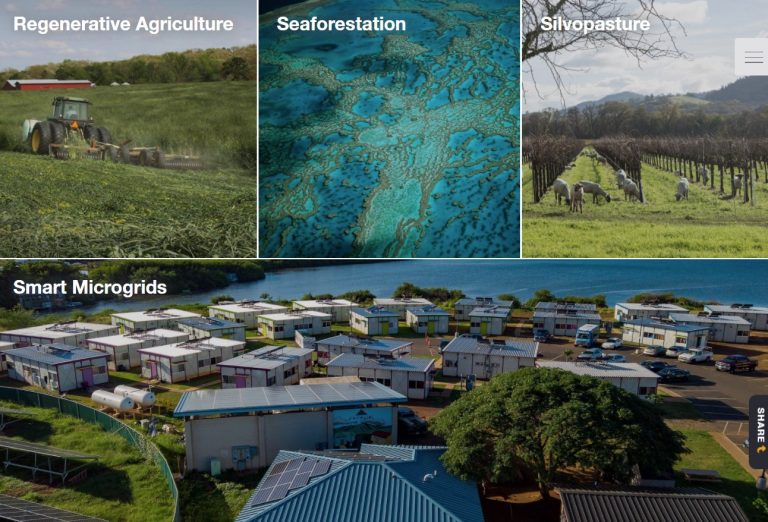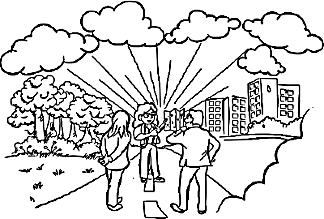Should you own your own copy of REGENERATION?
I bought a physical copy of REGENERATION: ENDING THE CLIMATE CRISIS IN ONE GENERATION by Paul Hawken. It was mostly because every other Hawken book I own is a gold mine of knowledge and inspiration.
Should you get one?
(If you’re serious about solving global warming, it’s probably a non-question. In fact, you’ve probably already bought your own. But not everybody is a book junkie with AU$50 to spare.)
So what’s of value about the book?
While REGENERATION: ENDING THE CLIMATE CRISIS IN ONE GENERATION came out in September 2021, it took months for my copy to make its way across the COVID-affected global supply chain to Australia.
I did a lot of reading on the associate climate action website regeneration.org as soon as it went live, so I practiced patience – though I was tempted to double up and get the ebook.
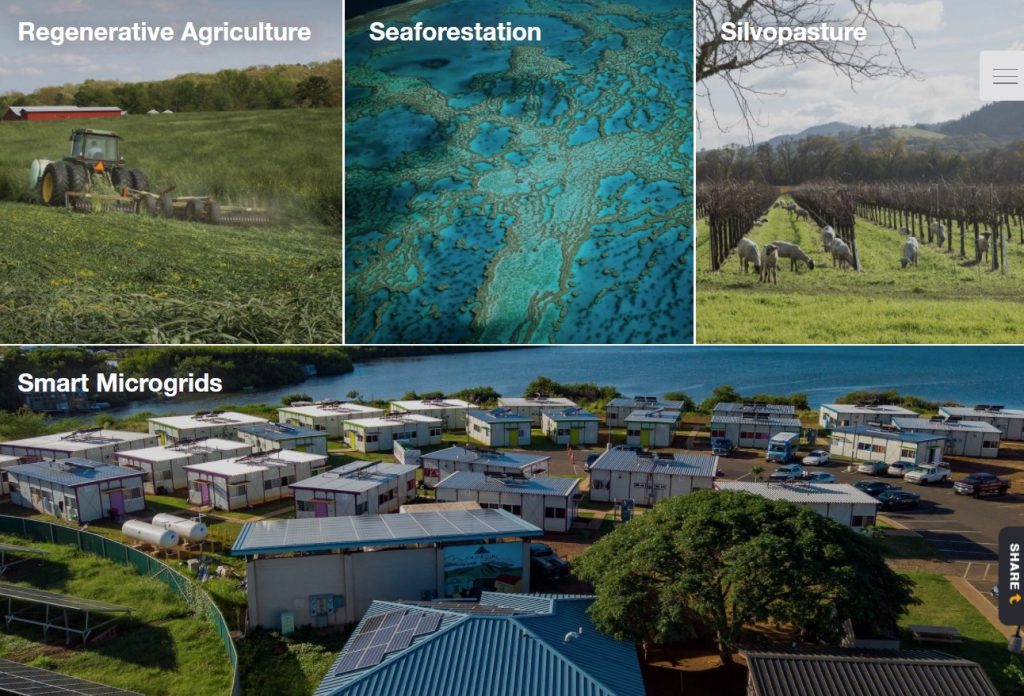
My “hands-on real book” arrived 2 days before Christmas, so absorbing it didn’t start till the new year got underway.
After some reflection time, here are my thoughts and observations:
1. It is as compelling for casual visitors as DRAWDOWN: THE FIRST EVER PLAN FOR REVERSING GLOBAL WARMING
People pick it up and flip through it and then start reading bits and pieces – even casual visitors who don’t share my regenerative business obsession.
So if you want to support climate engagement and climate action, this alone makes it worth the $$$ and the transport emissions.
2. It isn’t just a book – it has a companion, action-oriented website
It’s an information background to the action-based website Project Regeneration at regeneration.org The book covers the solutions – the website is a moving feast of “how to take meaningful action”.
NOTE: the website is a work in progress, so not all the solution spaces have action plans online (yet).
3. The book has all sorts of extra perspectives
It includes all sorts of up-to-date perspectives that might surprise you if you haven’t previously been exposed to Paul Hawken and Project Drawdown. One I particularly love is from the introduction to Regeneration (p. 9)
“ In December 2020, Dr Joeri Rogelj … lead author of the Sixth Assessment of the IPCC made a remarkable statement. ‘It is our best understanding that, if we bring carbon dioxide [emissions] down to net zero, the warming will level off. The climate will stabilize within a decade or two. There will be very little to no additional warming. Our best estimate is zero’…. For decades it was assumed that if we were able to stop our carbon emissions, the momentum of warming would continue for centuries. That was mistaken. Climate science now indicates that global warming would begin to recede after we achieve zero carbon emissions.”
REGENERATION: ENDING THE CLIMATE CRISIS IN ONE GENERATION
It also has important information about human behaviour and just how dysfunctional much of the mainstream climate messaging can be. If your background on the realities of human irrationality isn’t strong, then there at things worth knowing – just in the first 12 pages.
4. There’s a six-part framework for regenerative climate action
1. Equity – because fairness is how all biological systems work – how we treat one another how we treat ourselves, and how we treat the living world…. Social systems require the same level of care, attention, and kindness as ecosystems.
REGENERATION: ENDING THE CLIMATE CRISIS IN ONE GENERATION
2. Reduce – the primary method of reversing global greenhouse gas emissions is simple – stop putting them up there. It is also the greatest economic opportunity
3. Protect – pollinators, wildlife, habitats, bioregions, seagrasses, wildlife, grazing ecologies – the things essential and critical to the living systems we need.
4. Sequester – the primary way humans can sequester is through regenerative agriculture, managed grazing, proforestation, afforestation, land restoration, seagrass and mangrove restoration, and protecting existing ecosystems.
5. Influence – laws, regulations, subsidies, policies and building codes. You can’t fix pollution, degradation or plstics after they’re produced. The solutions are upstream – and that is where influence needs to be directed.
6. Support – support the existing, expert organisations around the world that are true regenerators – people doing the extraordinary activities that governments and big business do not.
5. The body of the book details what the solutions are by sector
It is arranged around solutions by sector: Oceans; Forests; Wilding; Land; People; The City; Food; Energy; and Industry. If you’ve already explored Project Drawdown’s solutions set in detail, you could have covered a lot of its “how” content.
The difference is that REGENERATION looks at high-potential, new solutions that didn’t meet Drawdown’s rigorous peer-reviewed data and accepted model requirements.
6. It’s a book for scanning first, then deep-diving
Think of it as a series of 90-plus 2-5 page deep articles – so it’s a big read if you try to do it cover-to-cover. My strategy was:
- Introductions > 2. Action section at the end > 3. Browsing the solutions I knew least about.
Be aware there are some loooong paragraphs – but the book would be thicker that its current 260 pages if there was a paragraph or a bulleted list everywhere that my copywriter self wanted to put them.
So should you own a copy of REGENERATION?
You don’t have to. If you downloaded the free Project Drawdown Review you’d have the top evidence-based solutions in written form. And if the solution set you’re interested in has its action list live (interested in stopping insect extinction or electrifying everything?) then you might not get the book.
But if you want a path to action – a “what to do today?” to achieve the goals set by climate experts (50% reduction by 2030, then a further 50% reduction by 2040) then it’s a must read. So at least consider getting your local library to stock a copy.
If you’re an entrepreneur looking for the likely business trends of the next decade, it’s almost a must-read (at least the Kindle version).
If you have teenagers in your family starting to think about their first career choices, or young adults who have got started, but are looking for new challenges it could give them a world of ideas. (Not to mention hope for the future.)
Even if you just want a positive, constructive conversation starter, it’s worth considering.

